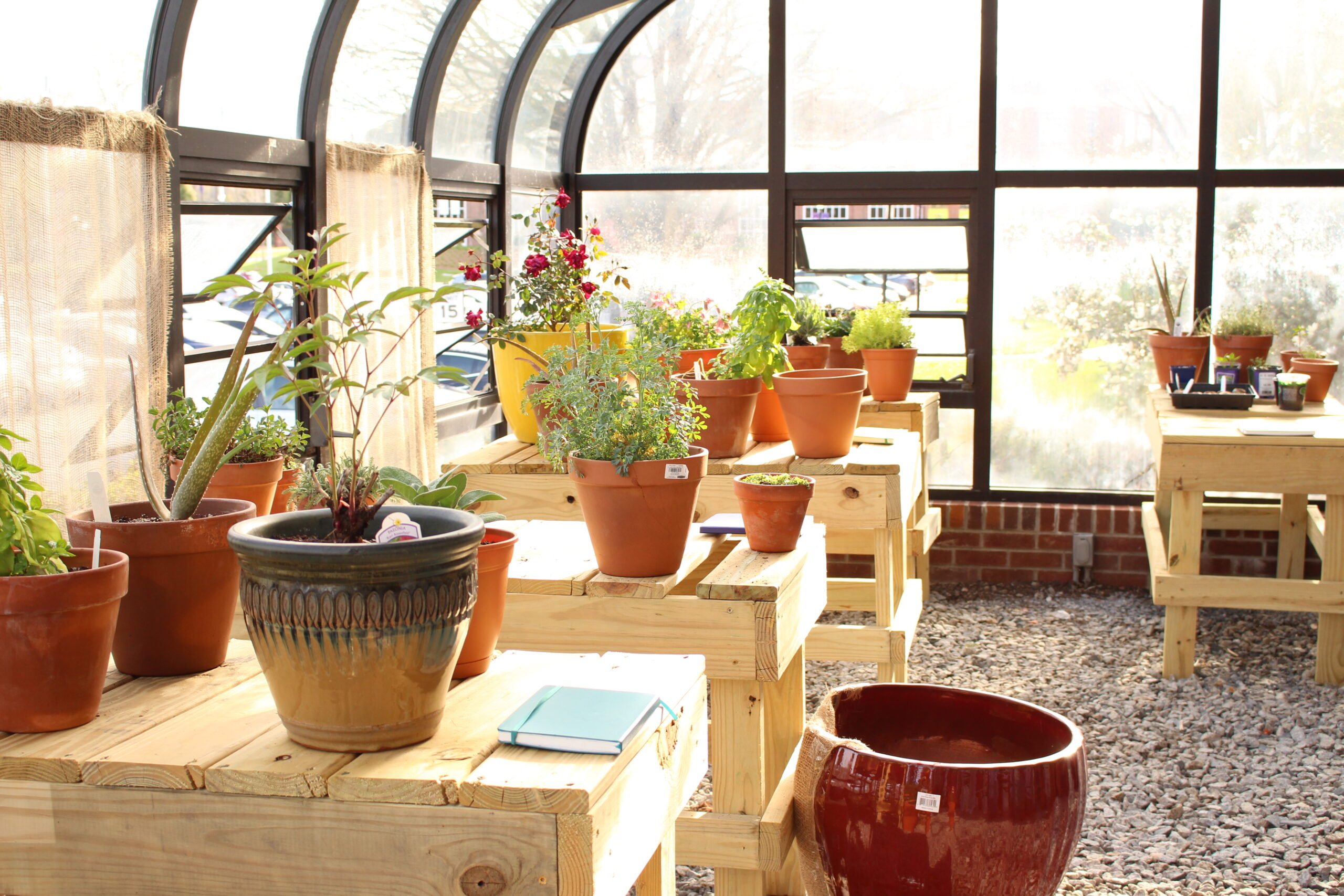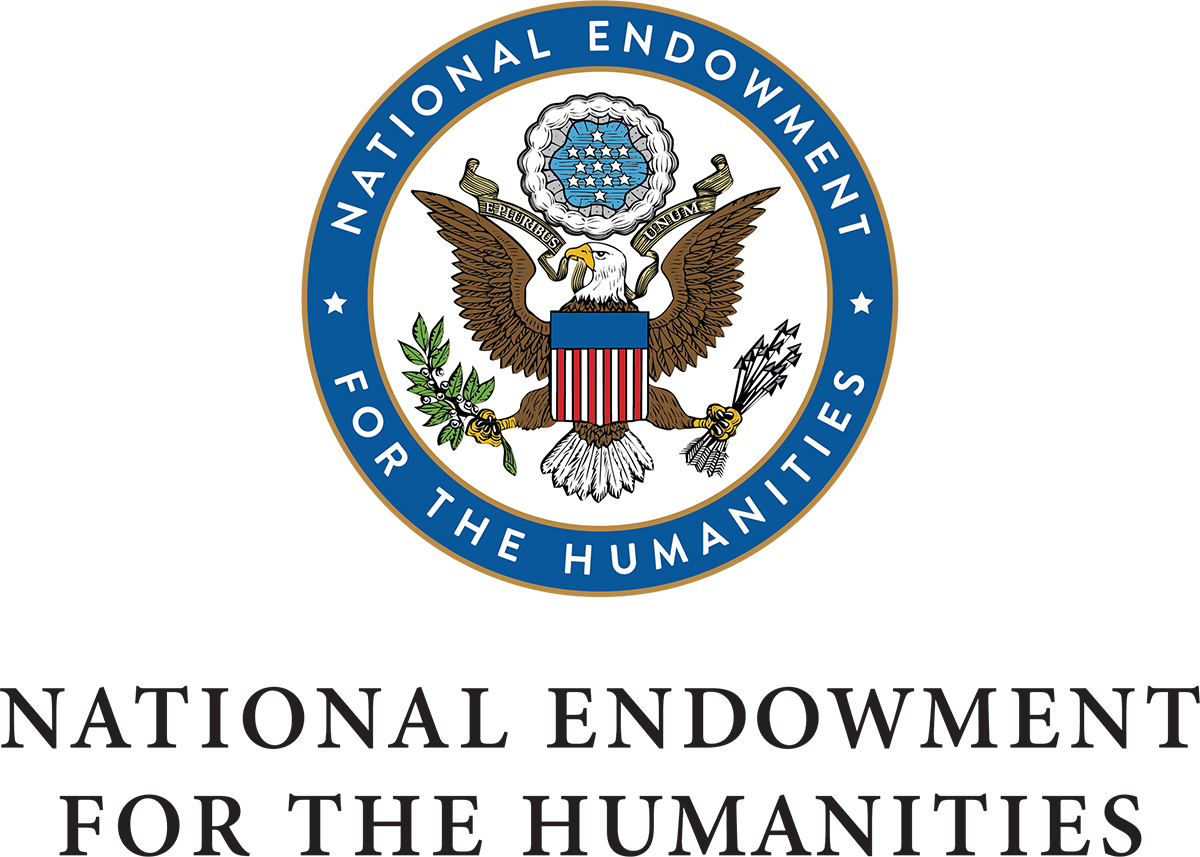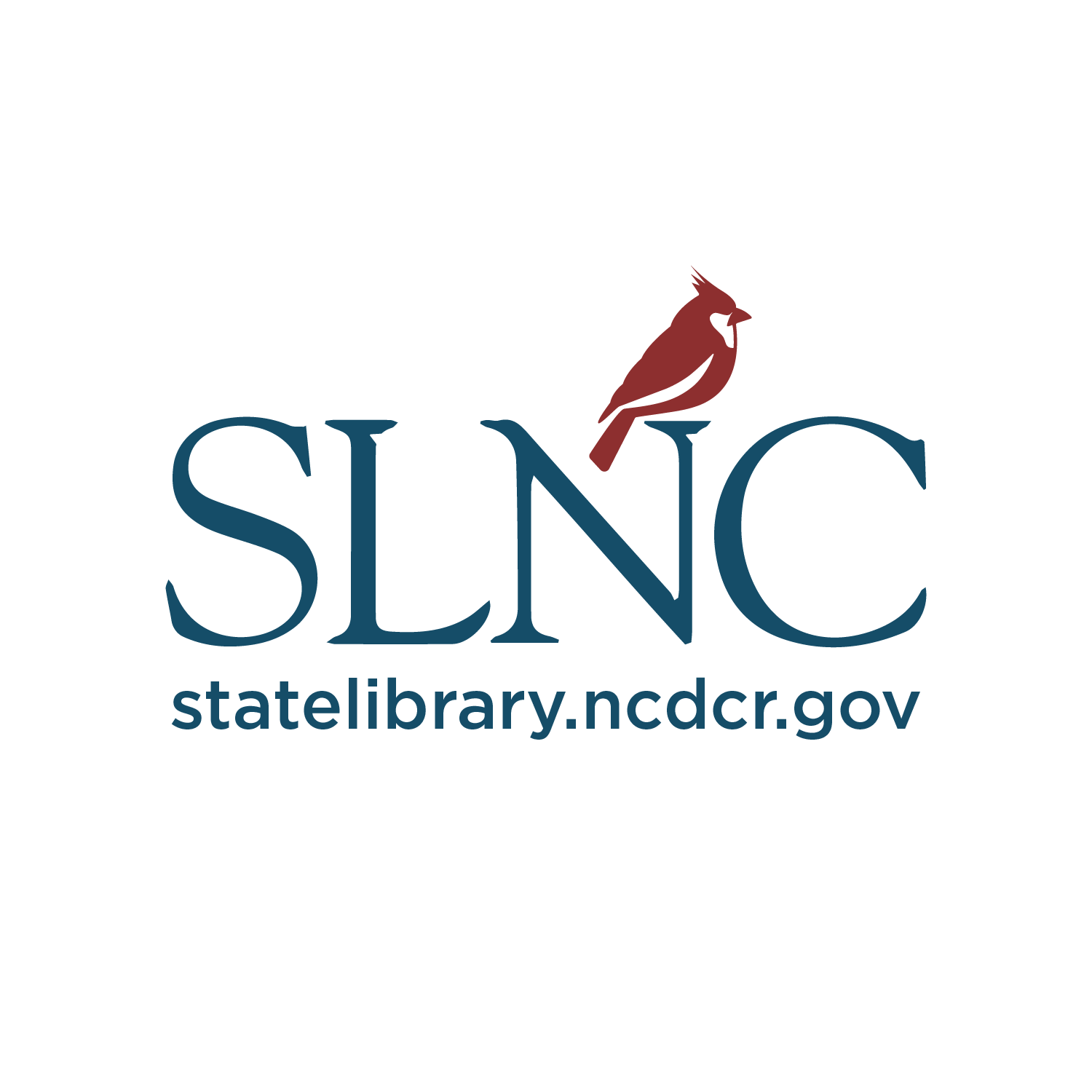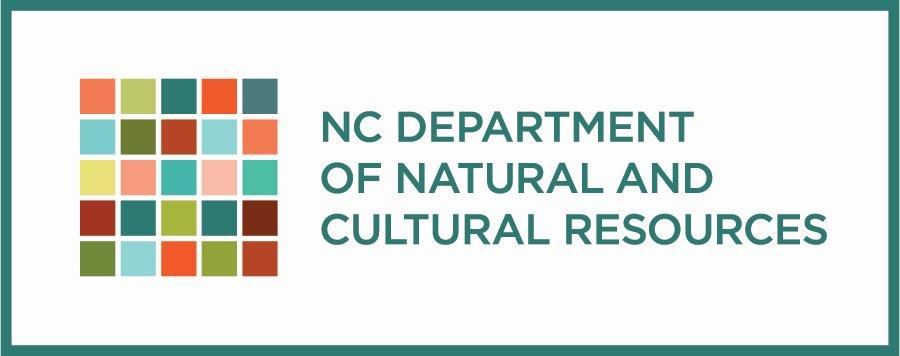
As pollen continues to fall and we head deeper into spring, people across the state are planting flowers, vegetables, and herbs. Plants bring beauty into our lives, they have been proven to reduce stress, and they provide us with food and clean air. Plants have also been used by people of all classes across time to alleviate suffering, treat illness, and even punish transgressions. At High Point University, students and the community are currently exploring one thousand years of plant-based medical practice by tending to a newly constructed model, Medieval and Early Modern medicinal garden.
In 2023, North Carolina Humanities project grant funding helped seed the creation of this garden as a way for the community to learn about the roots of modern medicine. The project aims to explore plant-based medicine in Medieval Europe which then expanded and changed as Europeans settled in the Americas and discovered new unique plants and medical practices from Indigenous and African Peoples.
Everyone is welcome to attend the opening of High Point University’s History Department’s Medieval and Early Modern Physic Greenhouse on April 17, 2024. Attendees will tour the greenhouse and hear from Eric Jackson, the Director of Horticulture at Old Salem, who will speak on the importance of historical plant preservation. You can learn more about the garden and the opening event at: https://www.highpoint.edu/gardens/greenhouse-project/.
We connected with Amanda Allen, British historian, Medieval and Reformation European historian, and assistant professor of history at High Point University and Shannon Lalor, an instructor of history specializing in Colonial Spanish America and Medieval and Early Modern Spain at High Point University to learn more about the garden and why exploring our roots is important.
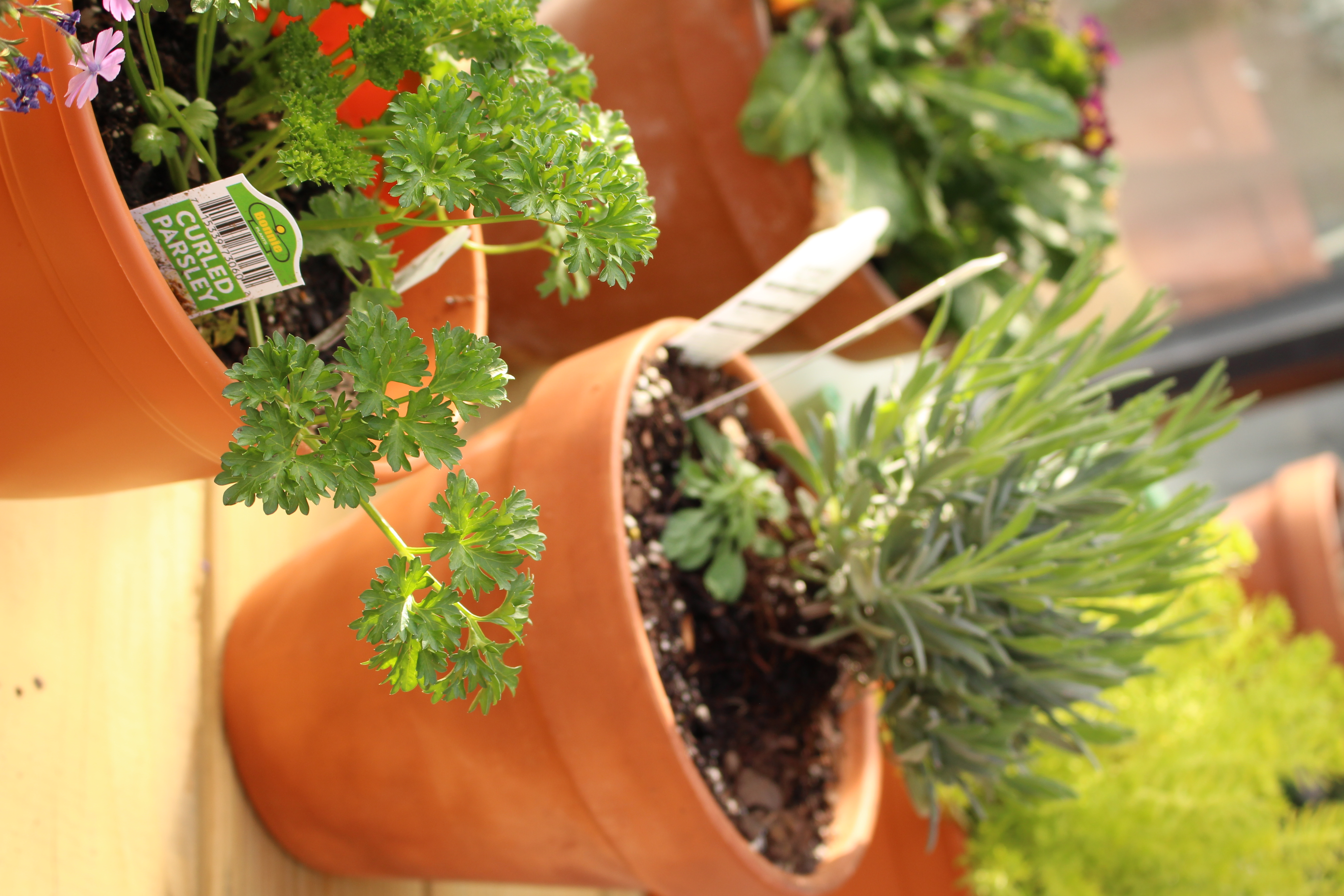
What inspired this Medieval and Early Modern garden history project?
Amanda: About five years ago, High Point University opened a new science building and conservatory and turned the previous building into offices and classrooms for other disciplines. At the back of the older building, they left a greenhouse, which was the inspiration for this project. One day, Shannon and I were discussing the greenhouse and how cool it would be to somehow use it to teach students about history and the importance of medicinal plants in Colonial Spanish America and throughout Medieval Europe. Then it hit me! When I taught in Georgia, I received a Georgia Humanities grant, so I started looking into grant opportunities at North Carolina Humanities. Once we talked to NC Humanities about our project idea, we realized we could create a larger plant history project that could extend into communities across the Triad.
Shannon: We’re so grateful to NC Humanities for providing us with this grant because we wouldn’t have been able to conduct this project otherwise. People got on board with this project because they knew that NC Humanities was involved. This garden wouldn’t exist without NC Humanities.
How does the plant-based medicine used during the Middle Ages and Colonial Spanish America compare to today’s approach to medicine?
Amanda: I’m fascinated by how modern it all was! During the Middle Ages, medicine was greatly linked to the divine because nearly everything during this time was derived from the Church. The Church was teaching that our bodies are made in the image of God, and so when something is wrong, we need to get back to that image. It was monks who were the best trained physicians. They conducted experiments, cataloged the properties of the plants, and wrote recipes and remedies to use depending on the illness you had. Modern botany developed during this time as well because monks are documenting the Latin names of plants, giving them common names, and writing down what they knew ancient Greeks and Romans were saying about the plants. We also see a lot of conversation with the Islamic Empire, and we see very progressive women’s health movements. Our first gynecological book was written by a woman in the 1100s, and it became the standard for men physicians later. It’s very global. It’s very open. It’s very advanced.
Shannon: I think one of the things that’s really interesting about the use of medicinal plants in the Colonial period is that there was a real emphasis on the social components of treating illness, disease, and wounds. There’s an emphasis on public healing, which involves things like public ceremonies, pilgrimages, rituals, and the community coming together to look after you. Understanding the history of medicine is useful in thinking through how we approach the practice of medicine in the modern era.
Amanda: Additionally, I think that homeopathy and aromatherapy are coming back to the forefront. A lot of pharmacy companies are beginning to look back at Medieval and Reformation manuscripts for plant-based solutions as people are starting to question synthetic lab-based medicine. I think that the origin story of medicine is important because the mentality of “We are advanced and everybody in the past was not” is not true.
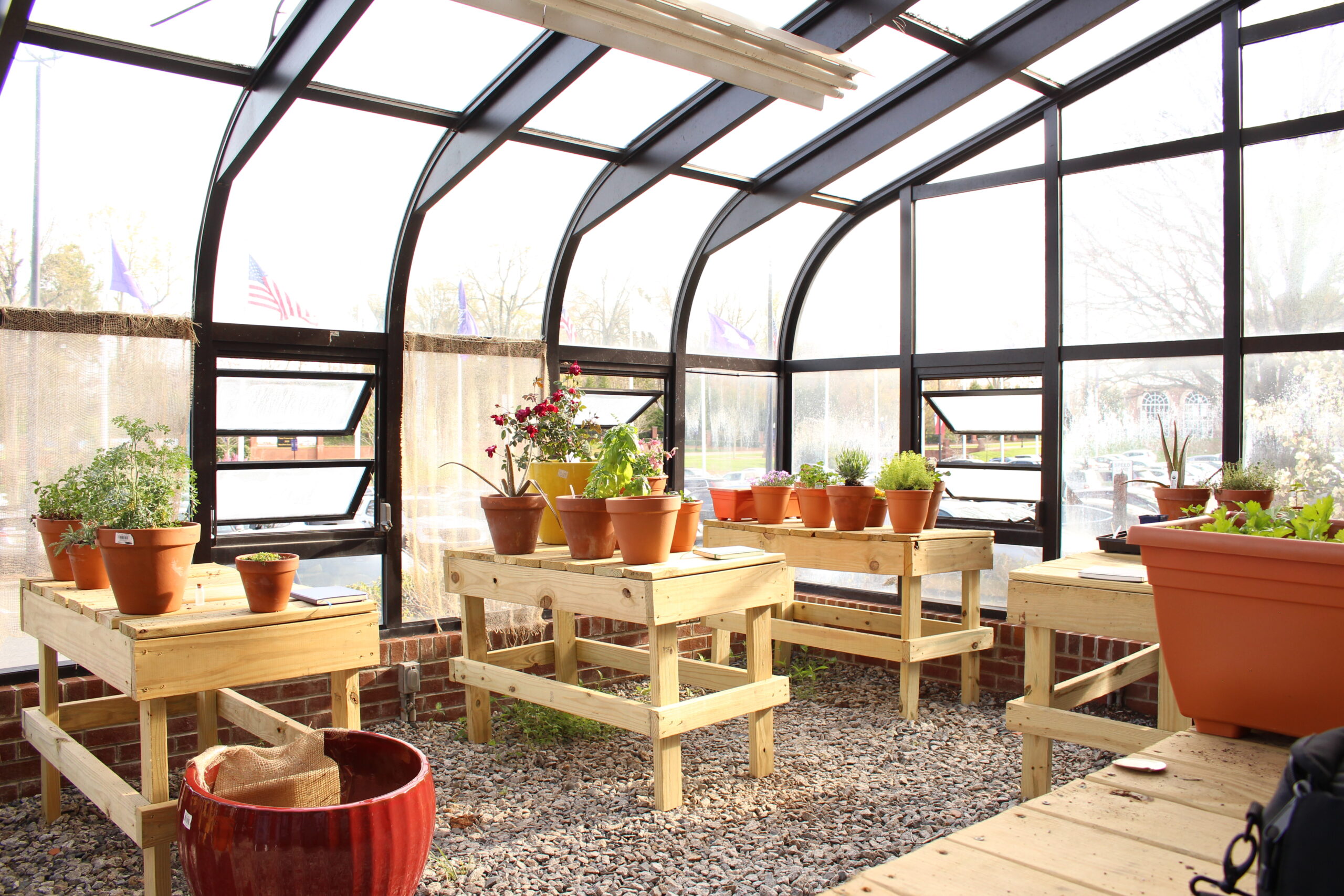
How are students and the public involved in the garden?
Amanda: After receiving funds from North Carolina Humanities, we bought seeds and plants. Then, we assigned a group of our history major students to oversee parts of the research, tend to plant tables, and write public information panels. Visually, we are trying to make this space look authentic; like the monk has just left to take a break and you’re entering his space. After the growing, our students will cultivate these plants and dry them out to show the whole process. As we seek to engage the public beyond our campus, we are working with various community partners to make this garden accessible. For example, High Point Museum is letting us do an audio tour using their app! We’re also working with Old Salem, who has an apothecary garden. We are working with both these partners to cross-promote our work and give the community different outlets to learn through.
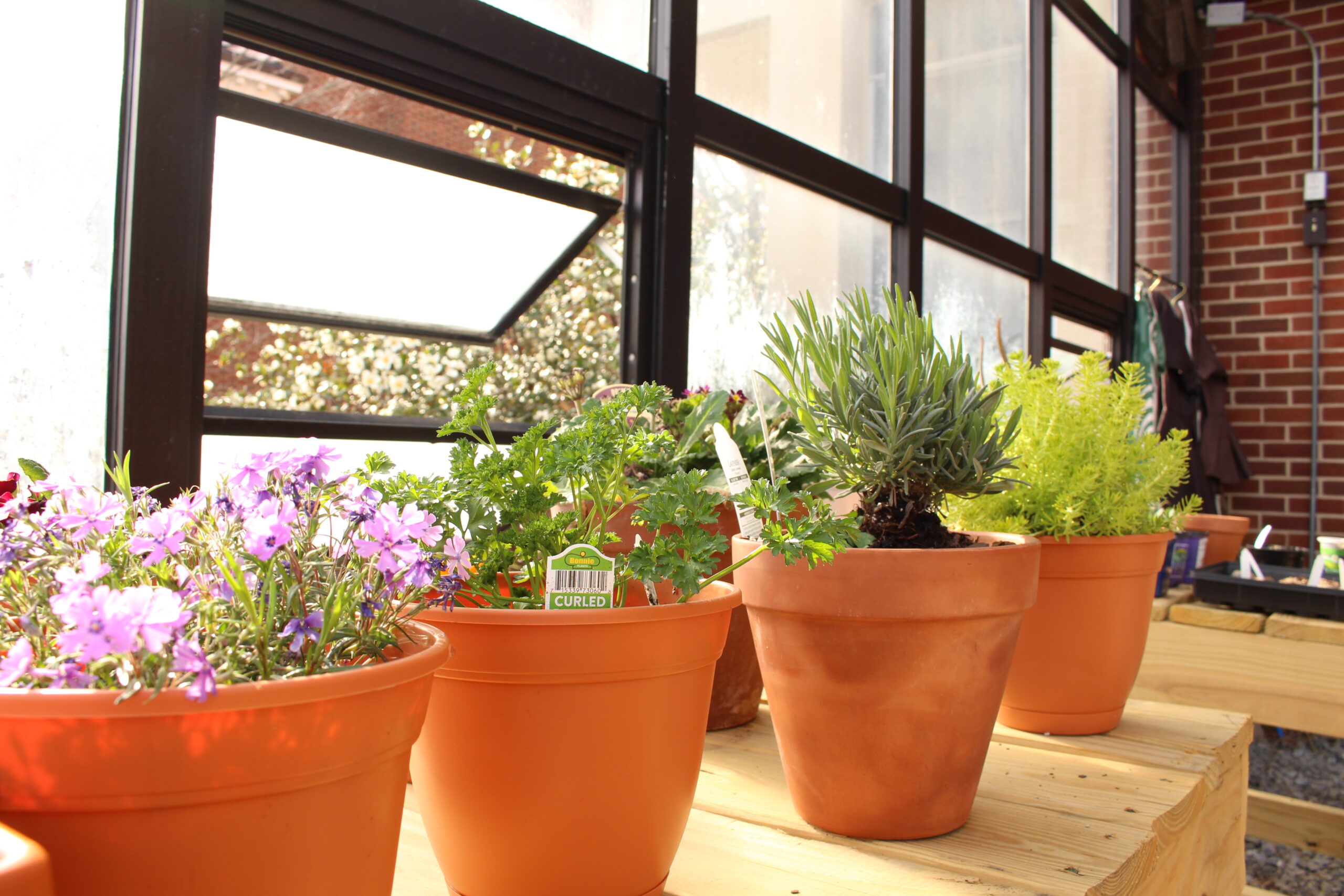
What is growing in the garden?
Amanda: We have a lot of different plants and herbs. We have basil, rosemary, roses, thyme, sage, foxglove, onions, celery, chamomile, lemon, and various types of mint. Peppermint was one of the most versatile of all the herbs. Another common plant we have is aloe, which is still used to treat burns and wounds today. We also have more specialized plants including poison plants, like belladonna. What’s fascinating about the poison plants is that, yes, they could kill you, but only if you ingest them! Using a poison plant is the equivalent of the modern disclaimer, “Don’t drink Neosporin®, just put it on your wound.”
Shannon: We see that there are really three primary things that these plants help people with: wounds, digestive issues, and headaches or fevers. Many times, you would mix plants together with wine and vinegar, and depending on the ratios, that would cure specific things.
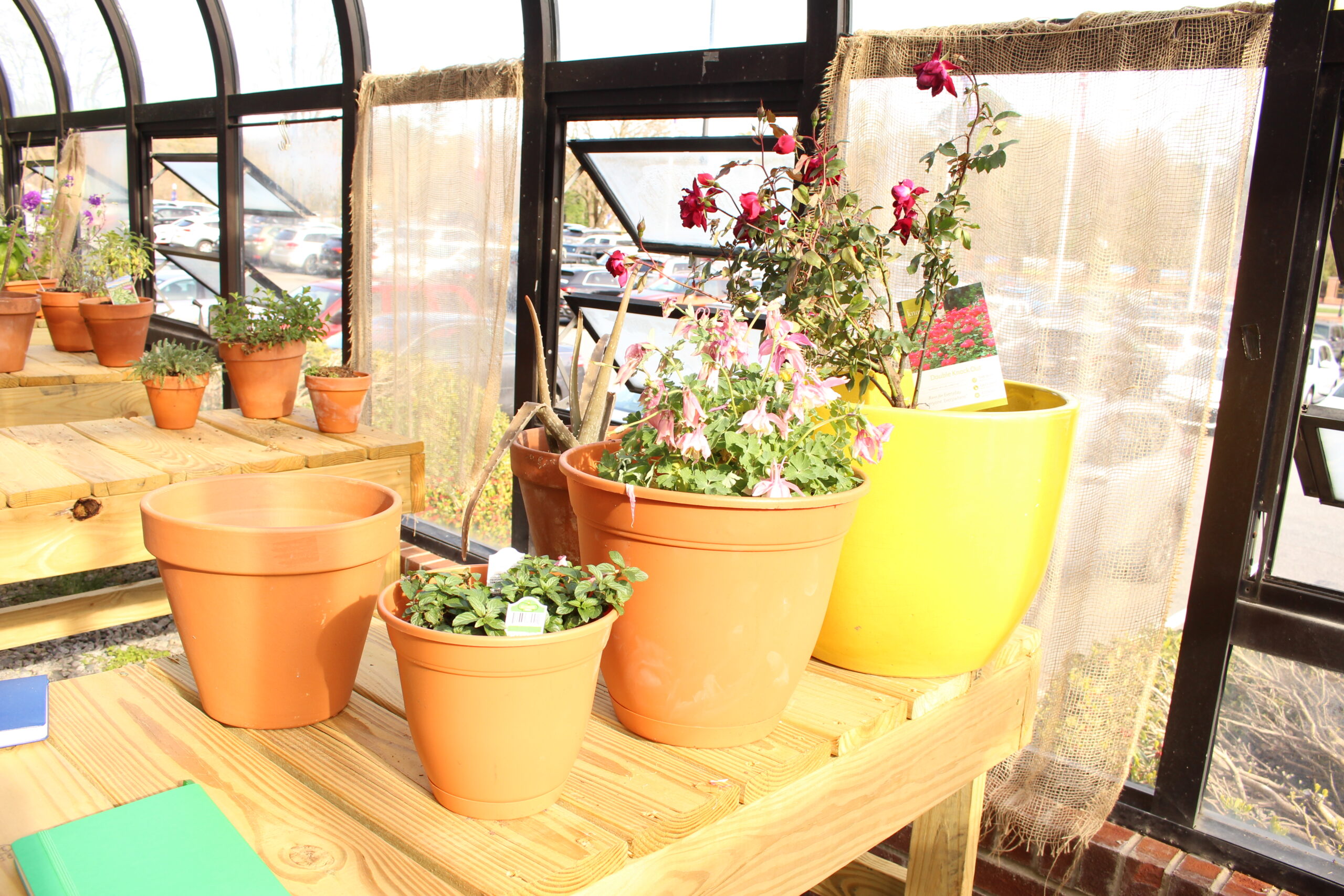
Are the humanities and history important? Why?
Amanda: I always ask my students to consider where they came from. Every place and every part of you has been defined by something from the past, so you need to learn it. Similarly, when we interact with other people, we need to recognize that their stories will be different from ours. You can’t move forward if you don’t know where you’re coming from. Linking this idea to this project, across human history, the context might change, but human nature doesn’t. What we value and what we expect from life and what “living a good life” means never changes. People 500 years ago also wanted to feel good and make sure that their loved ones felt good. The importance of health, and not just medicine, but health, is key. When you ask people what’s most important to them, health is always among their top priories.
Shannon: Critically looking at the past dispels a lot of myths that surround peoples of the past. I’m a social historian, so I’m really focused on stories and interactions between individuals and groups. Stories give us access to the humanity in all of us. To be able to contextualize the world we live in now based on these interactions of the past helps us avoid making some of those past errors and helps us take the good things forward.
How can people support this work?
Amanda: For more information about how to support our work, you can contact me, Dr. Amanda Allen, at aallen4@highpoint.edu! Thank you!
About North Carolina Humanities’ Grantee Spotlights: NC Humanities’ Grantee Spotlights shine a light on the incredible work of our grantee partners, offering details about their funded project, and feature a Q&A with a team member(s) associated with the organization. This interview has been edited for length and clarity.


